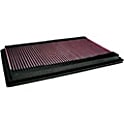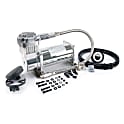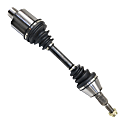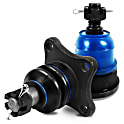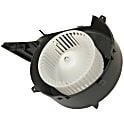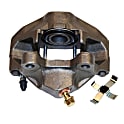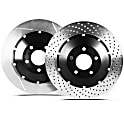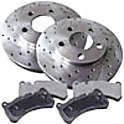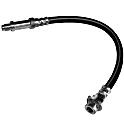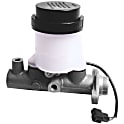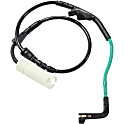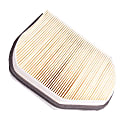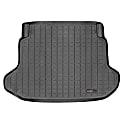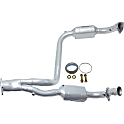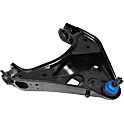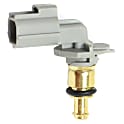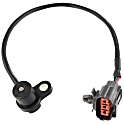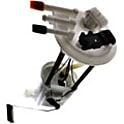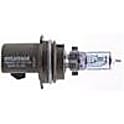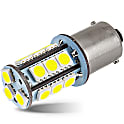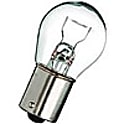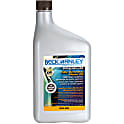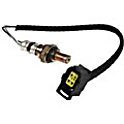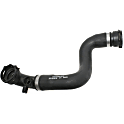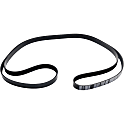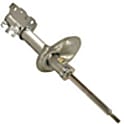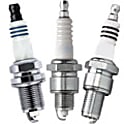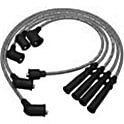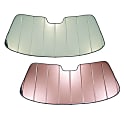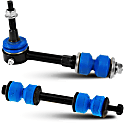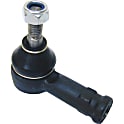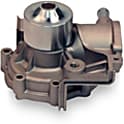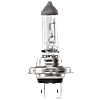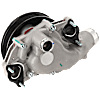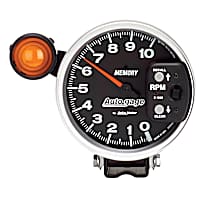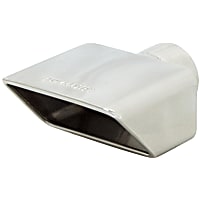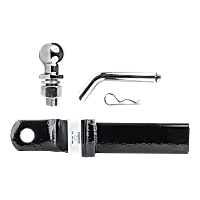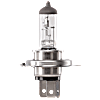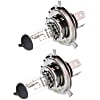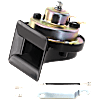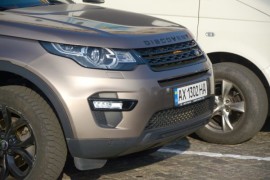{
"lazyNodes": false,
"abFitnotesFlag": false,
"abCrawlReviews": false,
"productOptionsCookie": false,
"orderDelayFlag": false,
"skipSessionCookie": false,
"covidMessage": false,
"fullTitleCookie": false,
"nrLoggerCookie": false,
"checkoutReviewCookie": false,
"productOptionSeqCookie": false,
"maintenanceFlag": false,
"bufferETACookie": false,
"multiShippingDiscountFlag": false,
"newFitmentFlag": false,
"surveyOptInFlag": false,
"crossSellFlag": false,
"skuMappingFlag": false,
"paySplitCookie": false,
"callDisableFlag": false,
"zipPaymentFlag": "u",
"hassleFreeReturn": false,
"lifetimeReplacement": false,
"cpn_off": false
}
Land Rover Discovery Parts & Accessories
Find the right parts faster- Home
- Land Rover
- Discovery
Select Your Vehicle Part
Top Rated Products
Popular Products
Product Questions & Answers
Shopping for Land Rover Discovery Parts
The Land Rover brand is of British origins, and the Discovery model line was introduced in 1989. Since then, the car has been a favorite among England’s royalty when the need for an off-road vehicle arises. The Land Rover Discovery is not just muscle under the hood after all; it also won the British Design Award the first year it was introduced to the market. Talk about utility and design that certainly feels upper-crust!
The first generation of the Land Rover Discovery was based on the chassis of the upscale Range Rover but was priced significantly lower to entice a larger market segment. The strategy proved to be effective since the need to manufacture a second-generation series did not arise after a good decade later.
Upon the opening of the 2001 model year, the second-generation Discovery pioneered the pocketed headlamps trend in the UK. The Range Rover and the Freelander instantaneously received facelifts that year in order to keep up with the fad.
The third generation of the Land Rover Discovery also proved to be cutting-edge as it employed a new type of body marketed as the “Integrated Body Frame”—the engine bay and the passenger compartment was built as a monocoque while the gearbox and the suspension used a ladder-frame chassis. This new format provided sturdier handling off-road.
The fourth-generation Land Rover Discovery garnered multiple awards since its conception in 2009. During a 2011 comparison test organized by Car and Driver magazine, the fourth-generation Discovery came in fourth place behind the Audi Q7, BMW X5, and Acura MDX. It also won Auto Express Review’s Best Large SUV category and Best Towcar category three years in a row, starting from 2009 until 2012.
In March 2012, the one-millionth Land Rover Discovery that rolled off the production line was converted into an amphibious vehicle and was driven from Solihull to Beijing, China to appear at the Beijing Motor Show. The same vehicle subsequently returned to England to go on a permanent exhibition at the British Motor Industry Heritage Trust center at Gaydon, Warwickshire, England.
Land Rover Discovery promises its target market two things: incredible power and versatility. While it never fails to amaze people of its capacity to easily handle heavy loads in challenging terrain, a car can never be too perfect. Like all other automotives, the Land Rover Discovery also has its fair share of faults. Nothing that can be too name-breaking, but something the consumers should be aware of. Below is a short discussion of the problems that plagues Land Rover Discovery owners.
Limited cargo space
Sure, the manufacturers of the Discovery made it a point to put comfort above everything else inside the cabin. Who would complain about sufficient leg room, right? However, the number one criticism received by the earlier models of the Land Rover Discovery was the very limiting cargo space inside the vehicle. This problem was resolved adequately when the Discovery made the move from a three-door format, to a five-door set up.
Reliability issues
Despite being named the North American Truck of the Year, Motor Trend Magazine’s Sport/ Utility of the Year, and the Best Compact 4x4 by the WHATCAR? Awards in 2005, the Land Rover Discovery suffered several reliability issues. Side airbags and stability control were not available for the third generation model while all of its contemporaries have long been employing the aforementioned safety accessories. Albeit late, this problem was addressed during the introduction of the fourth generation Land Rover Discovery in 2009.
Erratic trim changes over the years
In 1999, the Discovery can be availed in two versions: a utilitarian SD and the high-end Series II. By the turn of the millennium, the SD version was dropped. The 2001 model year resurfaced the SD version but renamed it to Series II SD, on top of the newly-introduced Series II LE and Series II SE. By 2002, the Series II LE was dropped. Until finally, by 2003, all of the other trim versions were dropped and the vehicle returned to being known simply as the Discovery. See the flurry of trim changes? This erratic movement did not help the marketability of the vehicle at all; the consumers found the SUV less than value-oriented, since the trim level changes every year until 2003.
When it comes to off-road adventures, the perfect partner that comes to mind is the Land Rover Discovery. Its strong stance inspires confidence and its performance lets you know that it won't ever leave you hanging in the middle of nowhere. The Discovery can handle any terrain allowing, you to drive with ease over rocks, sand, mud, snow, gravel and pavement in any kind of weather. This ride is also fitted with advanced technology for a safe, smooth, and sure ride. It's not only the performance that the Discovery has going for it. Its appealing design is another factor that makes it one of the most iconic SUVs of all time. Though Land Rover designed its Discovery to last, you, as the owner, have an important thing to do and that is maintenance.
- Replace shock absorbers for smooth driving.
Worn shock absorbers can have a huge impact on your Discovery's overall road performance. Nosedives, rocking, rattling, and extreme vibrations are tell-tale signs that replacing the shock absorbers of your vehicle is a must. These instances don't only make your drive uncomfortable but unsafe as well. There might be times when you might find it difficult to control your vehicle while driving, which can lead to accidents. So, as soon as you notice any of these tell-tale signs, don't think twice about installing new shock absorbers.
- Keep engine coolant at appropriate level.
Although Discovery is a well-designed vehicle and is not prone to overheating, especially when it's new, you still need to keep your eye on the coolant level. You should consult your vehicle manual to see what kind of and how much coolant your vehicle requires. As long as the level of coolant is right, you can be sure that your cooling system will be safe from corrosion as well as foaming and electrolysis.
- Heads up always on the lights.
Making turns, driving at night and during bad weather conditions make vehicle lighting an essential, hence, caring for the ones installed in your Discovery is a necessity. Make it a point to inspect your headlights, tail lights, and signal lights often to ensure that they are functioning well. If any of them are dimming, you should be able to replace them immediately. Furthermore, keep these lights clean since dirt sticking to them will result to poor illumination.
- Take care of the exterior.
Since the Land Rover Discovery is always taken for off-road drives, it tends to accumulate dirt and grime, especially on its side panels, front and rear bumper. Aside from that, it is also exposed to acidic elements that eat away the paint. Regular car wash is the best thing to do in these instances. Keeping your Discovery looking shiny and new will ensure its high resale value. Make sure that when you wash the vehicle's body, you include the wheels too, since dirt can get embedded in the rims. For the final touch in exterior maintenance, apply wax to help preserve the vehicle's paint finish from stains.
It is not easy to find the perfect formula in making a car that does everything, but in 1989, Land Rover seemed to have found it. Specializing in four-wheel drives, Land Rover introduced the captivating Land Rover Discovery, a fusion of the Land Rover Defender and the Range Rover. Other automakers have manufactured cars made from fused models, but this jewel was different in that it was a four-by-four that could assault any condition it was subjected to—a real workhorse, in short. The Discovery has evolved through four generations as of 2012, and through these developments, it has remained a genuine lifestyle accessory that can be pitted against rocks and ravines.
1989: Discovery Series I (the five-door SUV)
The first Discoverys to come out run on four-cylinder engines, which were not again used in the succeeding models. The pioneer units were first available as three-door models, but the five-door versions became available soon after due to the increasing customer favor. The units could squeeze 182 horsepower and 233 pound-feet of torque out of their 4.0-liter V8 engine. Beige and light blue were the available interior colors, and the standard features offered were a keyless entry and cruise control and power accessories. Optional features were a third-row seat, a CD player, roof bars, front driving lights, alloy wheels, and a range of metallic paints.
1999: Discovery Series II (the SUV with 720 differences
)
The next generation of Discoverys included 720 modifications from the Series I. The models looked less utilitarian from the inside out primarily due to the added body length to increase load space. These units run on an inline five-cylinder engine that could still provide the same off-road capability as the Defender. Cornering roll was reduced with the introduction of a hydraulic anti-roll bar system. The external configurations that were noticeable were the pocketed headlamps, rear turn and brake lamps, and the rest of the lights that were positioned above the window line.
2004: Discovery 3 (the stronger, more luxurious SUV)
In this generation, a new body construction method was used in the units. Land Rover used what is called an Integrated Body Frame where the passenger compartment and engine bay were built as a monocoque, which was connected to the chassis. Having this technology seemed to be a little downside because the models became heavier, compromising agility and performance. The models also had a full independent suspension that enabled ride-height adjustment by pumping or deflating the airbags. Despite some downsides, ride quality could be experienced both during off-road and high-speed driving; the road clearance of the units could be adjusted for better handling. Other improvements included a multiple electronic traction control system, an on-board computer system, a DVD navigation system, and other luxurious perks.
2009: Discovery 4 (the upgraded Discovery 3)
Units made in this generation merely had improvements from the previous ones. The look of the models was made smoother by restyling the front and rear lights, front grille, and bumper. To provide a better engine output, two turbochargers were used; the first one was a variable geometry turbocharger at low engine speeds, while the other one was a standard turbo at higher engine speeds. Of course, the interiors were updated by restyling the instrument cluster and installing a TFT screen that displayed tons of data in different modes and formats. There was an optional Surround Camera System that allowed the installation of cameras in the headlamps, rear tailgate handle, and wing mirrors; this let the driver see the outside of the vehicle from various angles when off-road or parking. These models were also made fuel efficient with the use of a Smart alternator, which only charged the battery during a low-load engine.
